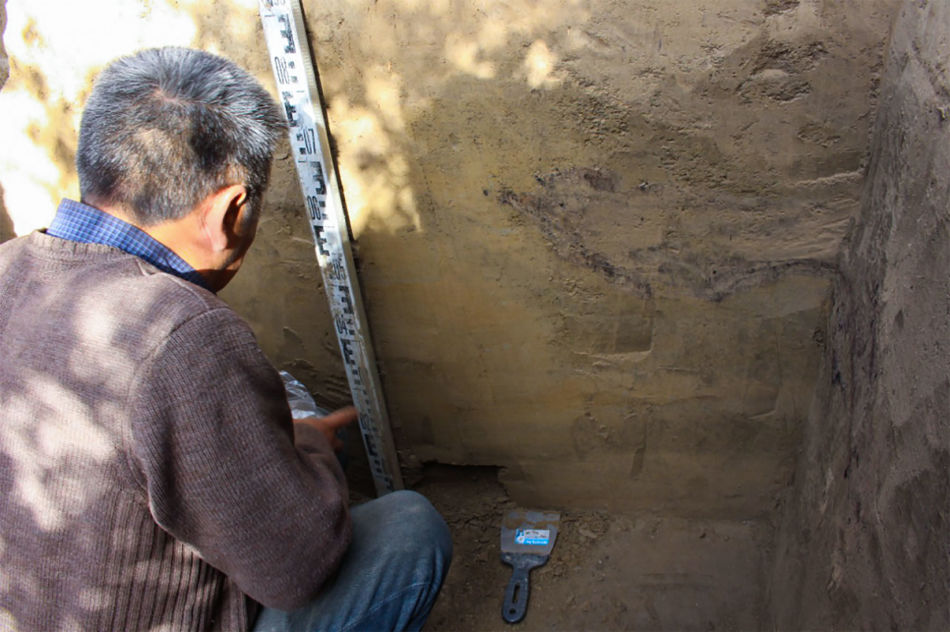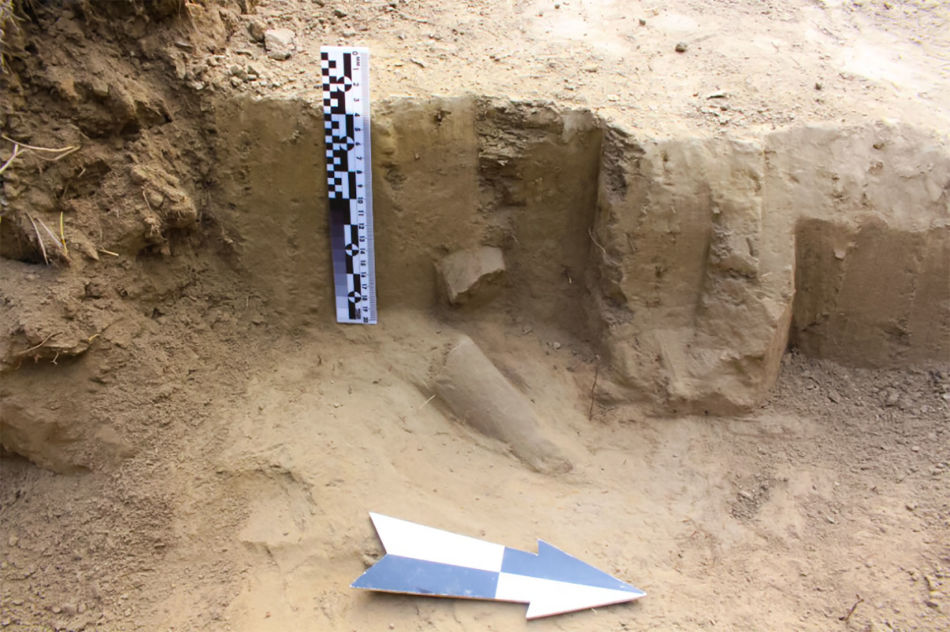Archaeologists found remains of a mammoth, woolly rhinoceros and bison in Yakutia
Remains of Pleistocene fauna were discovered by archaeologists from the Institute of Humanitarian Research and Indigenous Studies of the North, Siberian Branch of the Russian Academy of Sciences, in early September 2022 during excavations in the Churapchinsky District of Yakutia.

The institute’s archaeologists, together with researchers of the Mammoth Fauna Study Department of the Academy of Sciences of the Republic of Sakha (Yakutia), conducted excavations at the site of the 57th kilometer in the Churapchinsky District in the Republic of Sakha (Yakutia).

"According to preliminary data, the area is a so-called killing site or butchering site – a place of specialized hunting activity, where the slaughter and primary cutting of carcasses of large mammals took place," the institute reported.

The researchers found fragmented remains of a mammoth, woolly rhinoceros and a bison. Many bone remains have marks left by ancient human tools.
"Archaeologists selected samples for accelerator mass-spectrometry dating as well as for paleobotanical and palynological studies. The faunal remains are tentatively dated to the Pleistocene," the scientists report.
The location of the 57th kilometer was found by specialists from the Institute for Humanities Research and Indigenous Studies of the North of the Siberian Branch of the Russian Academy of Sciences in 2021 as a result of a geological survey that was done in preparation for the construction of a road connecting the villages of Arylakh and Kytanakh.
At the moment, the remains are in the care of paleontologists at the Department of Mammoth Fauna Studies of the Academy of Sciences of the Republic of Sakha (Yakutia), who are conducting laboratory tests.
